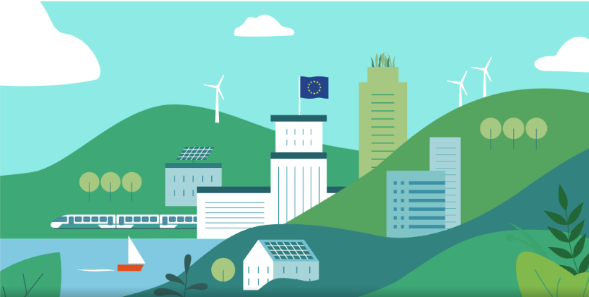Maximizing Value from Professional Learning Networks
Mionsonraí an chúrsa
“Communities of practice are formed by people who engage in a process of collective learning in a shared domain of human endeavour. In a nutshell: Communities of practice are groups of people who share a concern or a passion for something they do and learn how to do it better as they interact regularly.” - Etienne and Beverly Wenger-Trayner (2015)
Learning is changing. And teachers’ professional learning is no exception to this. Teacher learning in the form of continuing professional development increasingly takes place in networked and collaborative settings – boundaries for professional development are disappearing because of what technology now makes possible. Our learning is much less likely to be limited to a single geographic location or time of life. We are becoming very much a networked profession.
But how can we get better value from the various communities of practice and learning networks we choose or are guided to join?
It helps to know that there are many different types of communities of practice and learning networks for a start; and that a considerable body of research in recent years has helped identify the characteristics and practices that make such learning experiences more meaningful and useful to teachers and other involved in education.
The course Maximizing Value from Professional Learning Networks sets out to introduce participants to the most interesting and in some cases surprising findings on how networks actually work… and how we can tell the better ones from the rest. The course aims to help participants become more ‘network aware’ and so gain a better appreciation of the collaborative and active nature of the learning that takes place in good networks and how to take advantage of this.
It also introduces a framework that can be used to help gauge personal learning and development within a networked community or network – which will be useful to teachers thinking about setting up their own learning networks whether local to a school or reaching far beyond a single geographical setting.
Duration and workload
Start date: Monday 6 March 2023
End date: Wednesday 22 March 2023
Duration: 2 weeks and 2 days
Workload: 8-10 hours
This course has concluded but the content remains available for browsing!
- You can access the modules by enrolling in the course
- It is no longer possible to take part in the final activity and receive a certificate of completion
- Please note that user support for this course is no longer provided
An spriocphobal
This course will be of interest to teachers from across the range of school education as well as education professionals who lead and support learning networks and communities of practice that allow teachers to learn together, formally or informally.
Cuspóirí foghlama
As a participant in this course, you should expect to:
- Learn about the characteristics and features of good Professional Learning Networks (PLN)
- Examine the practices and the nature of a number of strong learning networks and communities from across various counties and subject areas;
- Consider the interactional and psychosocial variables that contribute to the personal and professional learning experiences provided by PLNs and learning communities;
- Explore how to capture the value of the learning experiences provided by networks and teacher communities of practice;
- Reflect, discuss and share opinions on key topics of the 21st century teacher education and development through the course learning tasks offered at the end of each module and the final module task.
Tá an t‑inneachar seo á thairiscint ag an gCoimisiún Eorpach. Is é an Coimisiún Eorpach brainse feidhmiúcháin an Aontais Eorpaigh atá neamhspleách ó thaobh na polaitíochta de. Is ise amháin atá freagrach as tograí a tharraingt suas le haghaidh reachtaíocht Eorpach nua, agus is ise a chuireann chun f

Sceideal
- How this course works
- Module 1: Professional Learning Networks—what they are and how they work
- Module 2: How to Grow a PLN (Part 1)—lessons from primary school teacher networks in Kenya
- Module 3: How to Grow a PLN (Part 2)—lessons from the EU Education for Climate Coalition
- Module 4: Making Sense of Teacher learning within PLNs and Teacher Communities of Practice
- Module 5: Final Assignment


